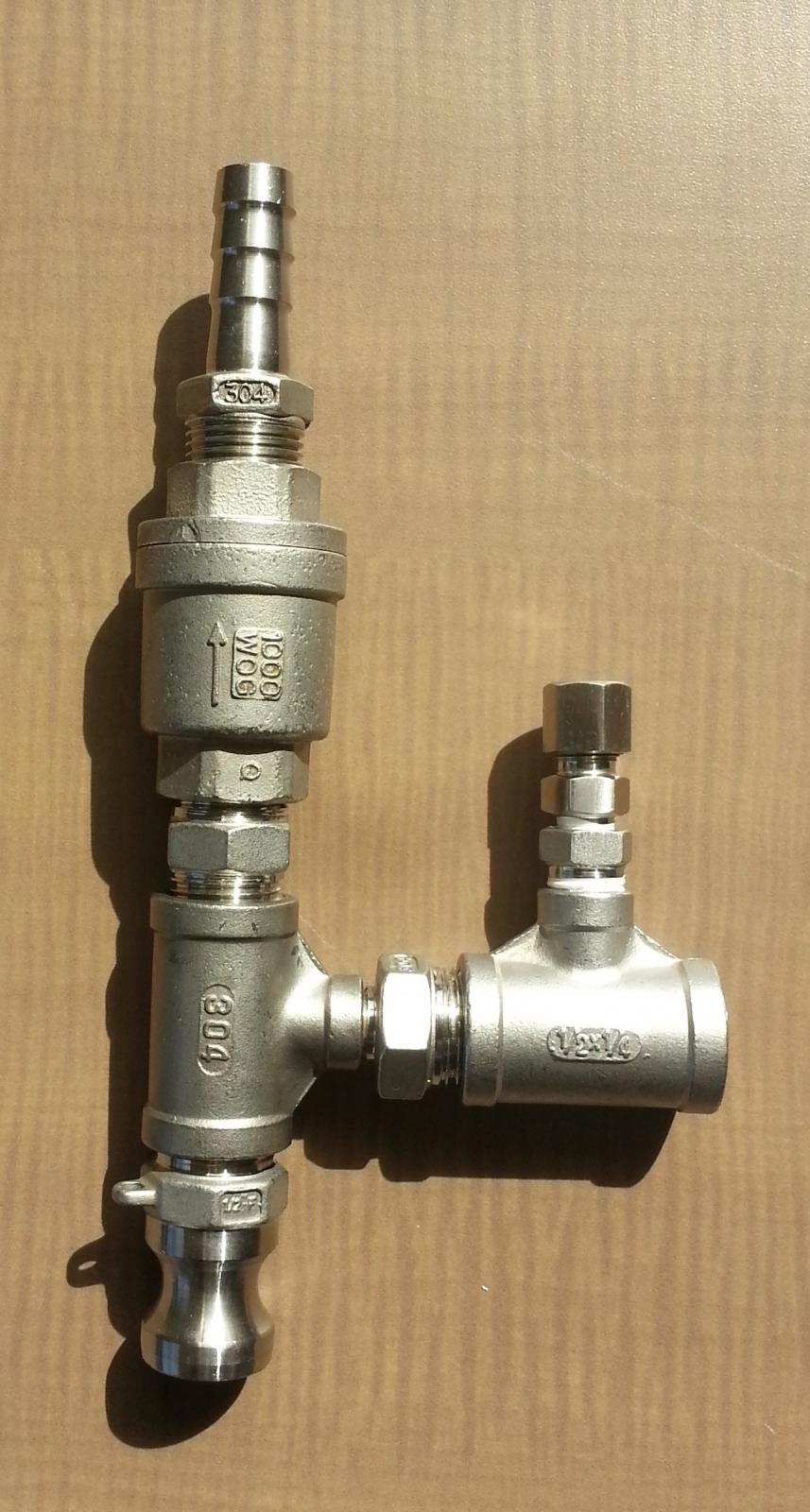GNBrews
Well-Known Member
- Joined
- Mar 24, 2007
- Messages
- 674
- Reaction score
- 23
The weight of the grain will probably smoosh the silicone tubing, but it might work. The copper manifold is nice because it's denser than the wort, so it stays on the bottom, and is harder to bump around when you're stirring the mash.











![Craft A Brew - Safale BE-256 Yeast - Fermentis - Belgian Ale Dry Yeast - For Belgian & Strong Ales - Ingredients for Home Brewing - Beer Making Supplies - [3 Pack]](https://m.media-amazon.com/images/I/51bcKEwQmWL._SL500_.jpg)


















































